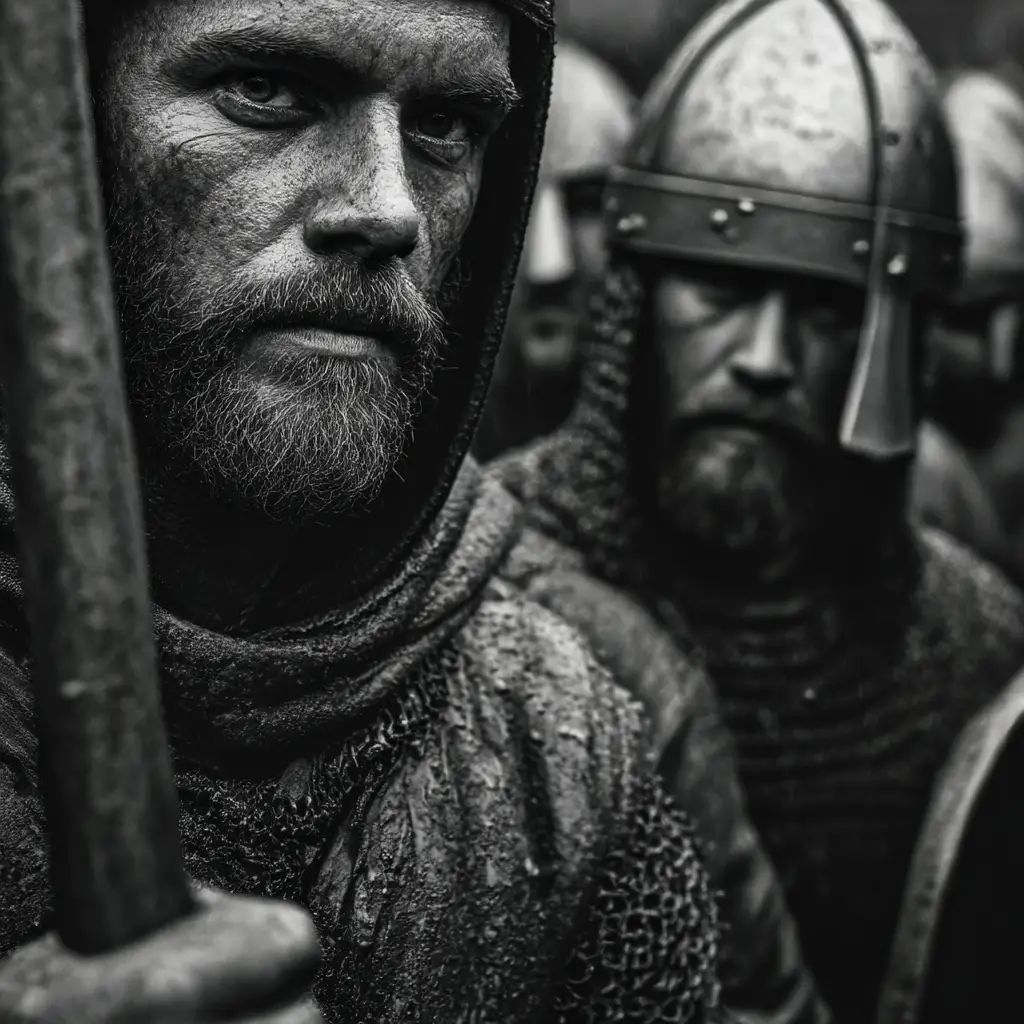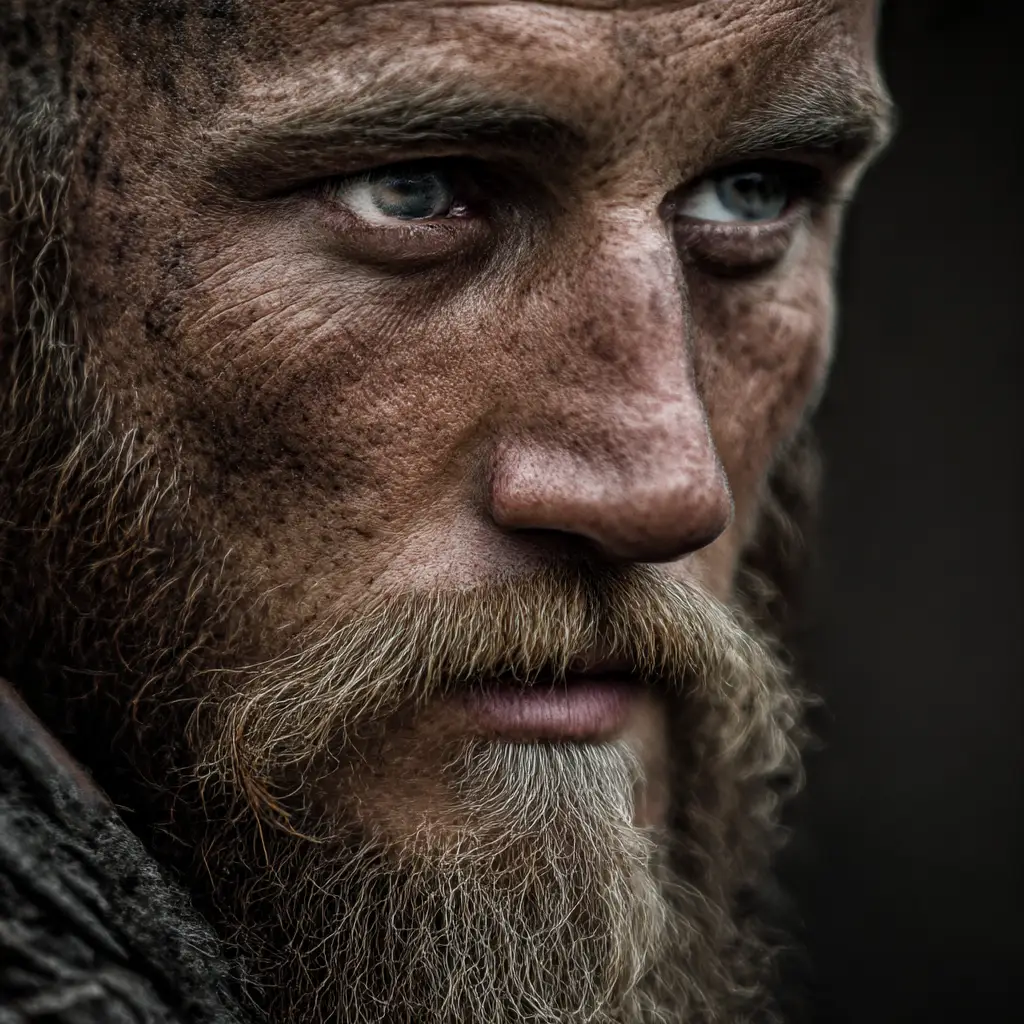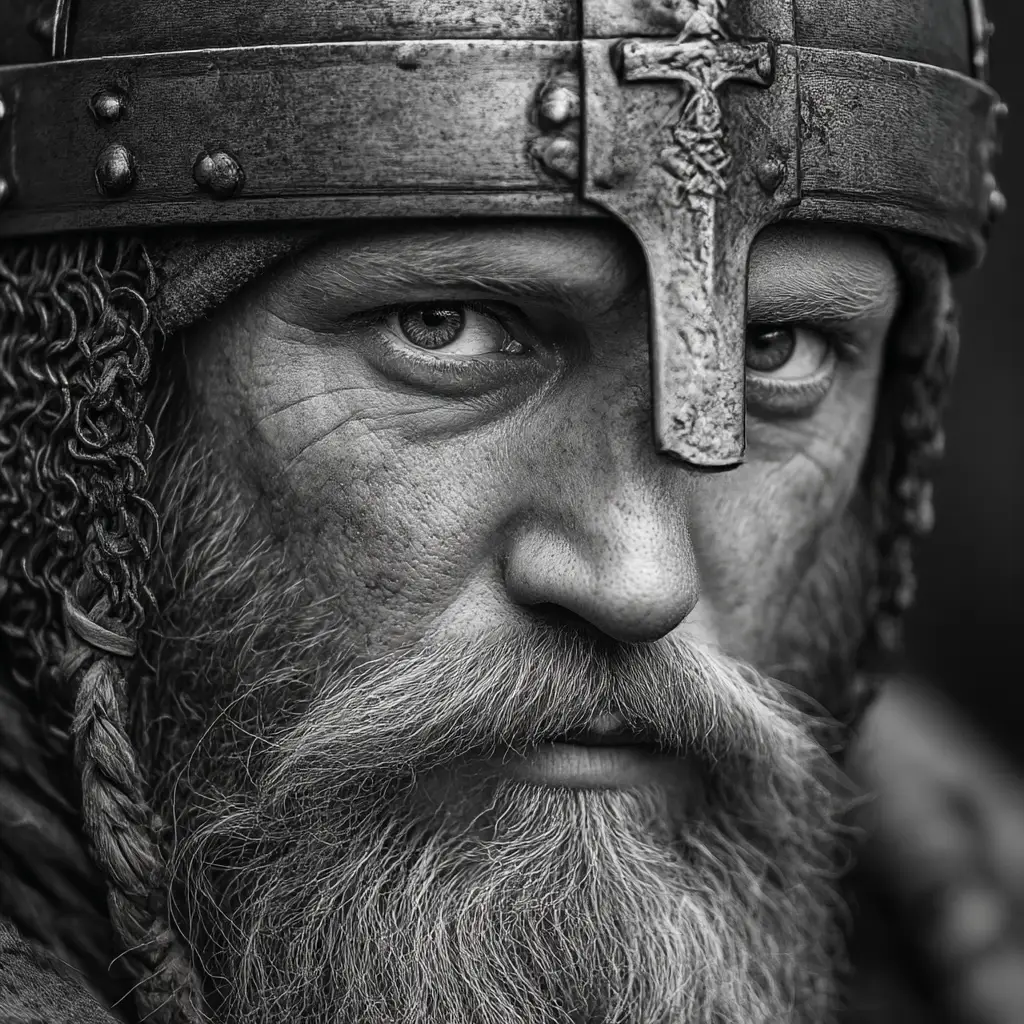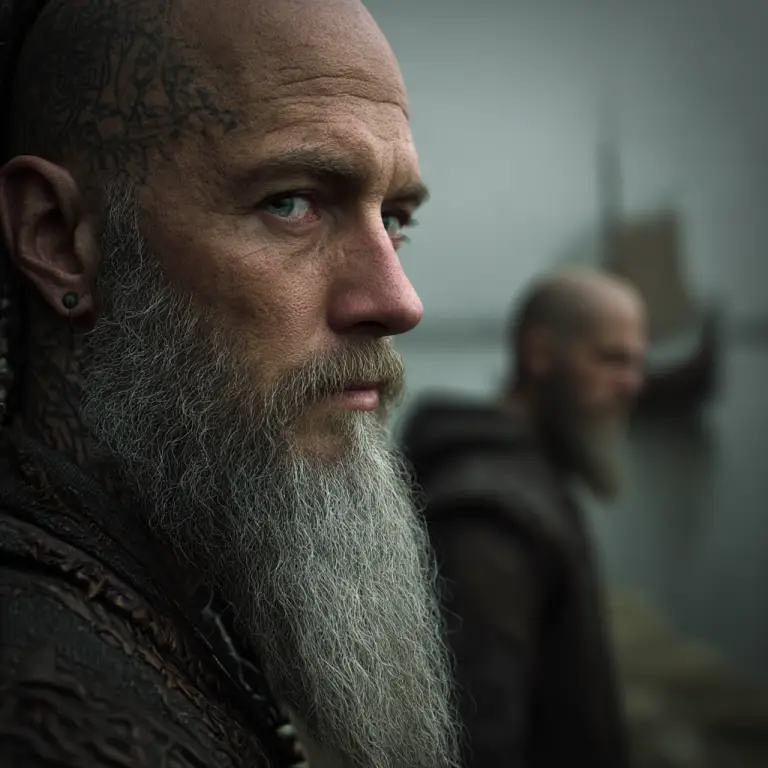The arrival of the Vikings in Ireland during the late eighth century marked the beginning of a new and transformative era in the island’s history. The first recorded raid took place in 795 AD when Norse seafarers attacked the monastery on Lambay Island near Dublin. Over the following decades the Vikings continued their assaults on coastal settlements and monasteries, attracted by Ireland’s wealth, portable treasures and the relative vulnerability of religious communities.
Although initially feared for their destructive raids the Vikings soon established a more permanent presence in Ireland. They founded some of the country’s first true towns including Dublin, Waterford, Wexford, Cork and Limerick. These settlements became important centres of trade where goods such as silver, slaves, textiles and luxury items were exchanged. Dublin in particular grew into one of the most significant Viking towns in the western world and remained a vital hub of commerce and power for centuries.
The Vikings did not remain isolated from the Irish. Many intermarried with local families and alliances were forged between Norse leaders and Irish kings. Over time a distinct Norse-Gaelic culture emerged blending Scandinavian traditions with native Irish customs. This cultural exchange influenced language, art, military practices and even political organisation.
Conflict between the Vikings and the Irish kingdoms was frequent yet it was also complex. The Vikings often fought alongside certain Irish rulers against their rivals. These shifting alliances shaped the political landscape of medieval Ireland. One of the most famous clashes was the Battle of Clontarf in 1014 where the High King Brian Boru confronted Viking forces allied with Leinster. Although Brian’s army achieved victory he was killed in the battle and the outcome marked a turning point in the Viking presence in Ireland.
By the twelfth century the Norse settlements had been fully absorbed into Irish society. The descendants of the Vikings played a major role in trade and urban development long after the raiders themselves had vanished. Their legacy endures in the foundations of many Irish cities, in archaeological finds such as longphorts and burial sites, and in place names that trace their origins to Old Norse.
The Vikings in Ireland were not merely raiders but settlers, traders and cultural contributors. Their impact reshaped the social and economic fabric of the island leaving a legacy that remains visible in modern Ireland.
The Story of the Vikings in Ireland
The story of the Vikings in Ireland begins in 795 AD when their longships first appeared on the horizon. They struck Lambay Island near Dublin, plundering the monastery and setting the tone for decades of raids that followed. Over the early ninth century monasteries such as Iona, Armagh and Kildare faced repeated attacks, their treasures and relics carried away across the sea.
In 841 AD the Norsemen changed tactics. Instead of fleeting raids they established a longphort, or ship fortress, at Dublin. This marked the start of permanent Viking bases on Irish soil. Within a decade leaders such as Amlaíb, who arrived in 853 AD, were declaring themselves kings of Dublin, ruling both Norse settlers and Irish subjects.
Irish resistance was strong and in 902 AD a coalition of native kings drove the Vikings from Dublin. Yet their absence was brief. By 914 AD they had returned in force, founding Waterford, and only a few years later they seized Dublin once more. From this point their presence was permanent, and towns like Wexford, Cork and Limerick soon followed. These settlements became centres of trade where silver, slaves and fine goods flowed through Irish markets.
As the tenth century unfolded the Vikings were no longer simply raiders. Many settled families intermarried with the Irish, giving rise to a unique Norse-Gaelic identity. Their towns grew into busy marketplaces, and Viking warriors often fought not only against but alongside Irish kings in their endless rivalries for land and power.
The great confrontation came in 1014 at the Battle of Clontarf. High King Brian Boru rallied his forces against a combined army of Dublin Vikings and their Irish allies. The fighting was fierce and Brian’s men claimed victory, but the king himself was killed. Though Dublin remained a thriving Norse town, the defeat ended the height of Viking military power in Ireland.
In the centuries that followed the Vikings blended into Irish life. Their descendants became merchants, rulers and townsfolk, shaping the growth of Ireland’s first true cities. By the twelfth century their identity was inseparable from the Irish world around them. The legacy of the Vikings endures not through the fear of raids but in the enduring life of Dublin, Waterford, Cork and Limerick, cities that still bear the mark of their founders.



